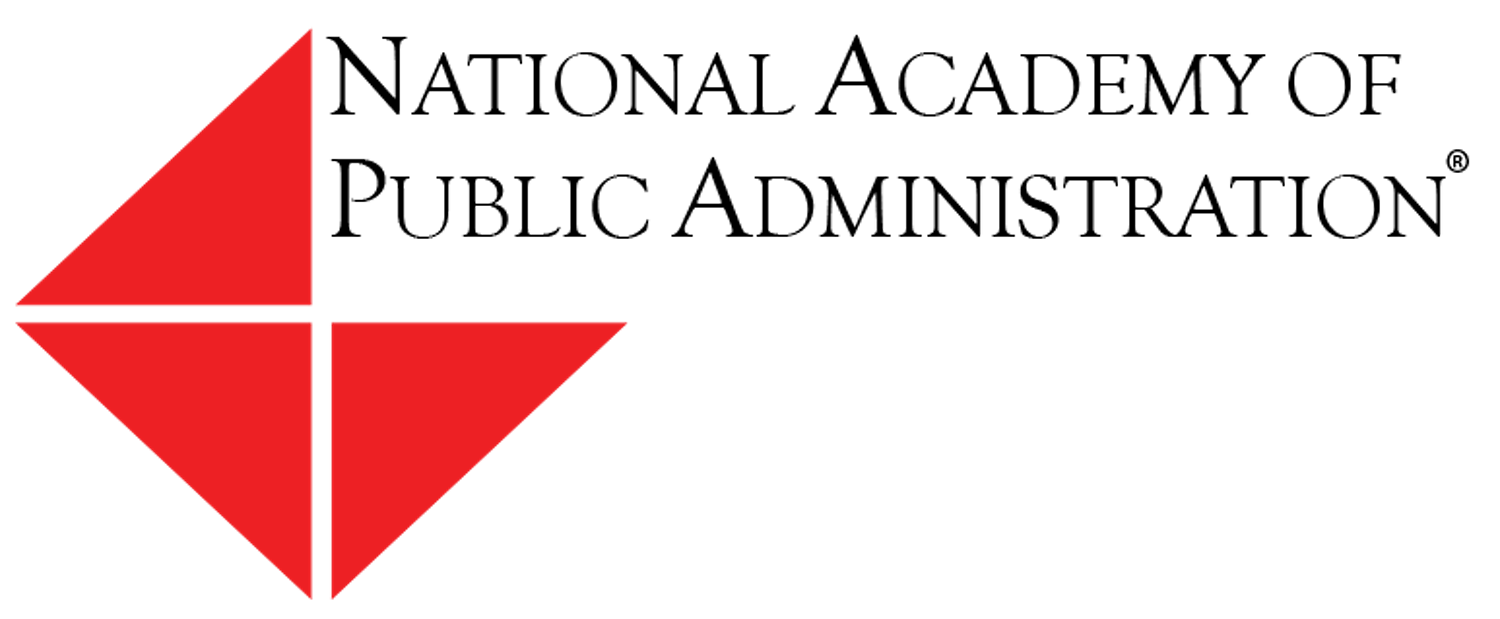
MITRE and the National Academy of Public Administration Call for a Global Space Traffic Strategy
Contact:
Betsy Holahan
bholahan@greatpointstrategies.com
Post Date: May 11, 2022
New research paper finds an integrated global strategy is needed to address competition and provide greater cyber resilience, as well as collision and conjunction avoidance
WASHINGTON, DC – A new global approach to space traffic coordination is necessary to ensure space remains accessible for current and future users, according to a new white paper from MITRE and the National Academy of Public Administration (NAPA).
From shipping and logistics to emergency services to travel, nearly every industry now relies on space-based services, but space is becoming increasingly crowded, with no comprehensive attempts to manage the growth. With each launch into space, orbital congestion increases, and safe launch windows narrow, risking degradation or disruption to space infrastructure. These concerns have implications for our Earth-based security, economy, and way of life.
The paper recommends a U.S.-led national and international convener model to promote global collaboration on space traffic coordination.
The paper also proposes key steps to safeguard the future of space use, including:
- Identify/create an independent convener to bring together the disparate groups globally across government, industry, and academia
- Create greater cyber resilience
- Improve maneuvers to avoid conjunctions and collisions, and create strategies to ensure commercial space competition.
These recommendations are based on comprehensive literature reviews, working sessions, and interviews with dozens of current and former government officials, industry representatives, and independent subject matter experts.
“Space is now a foundational part of the global economy, but safeguards have not kept pace with the evolution of the number and types of players in the environment,” said Beth Meinert, vice president and director, Center for Government Effectiveness and Modernization. “The U.S. should lead by example, and work with the global space community to develop standards and create the innovative technology required for safety, security, and progress.”
This paper builds on the recommendations made in NAPA’s 2020 report on space traffic management. MITRE has previously published a surface-to-space architecture to reflect the growing number of space participants and encourage growth while maintaining safety.
“We’re pleased to partner with MITRE to build on the NAPA Panel’s ground-breaking 2020 report and to bring additional focus to how the U.S. government can help shape a safer operating space environment for all,” said Terry Gerton, President and CEO of the National Academy of Public Administration.
About MITRE
MITRE’s mission-driven teams are dedicated to solving problems for a safer world. Through our public-private partnerships and federally funded R&D centers, we work across government and in partnership with industry to tackle challenges to the safety, stability, and well-being of our nation.
About the National Academy of Public Administration
Chartered by Congress to provide non-partisan expert advice, the Academy is an independent, non-profit, and non-partisan organization established in 1967 to assist government leaders in building more effective, efficient, accountable, and transparent organizations. Learn more at www.napawash.org
Media Contacts:
MITRE: Jordan Graham, media@mitre.org
NAPA: Betsy Holahan, bholahan@greatpointstrategies.com